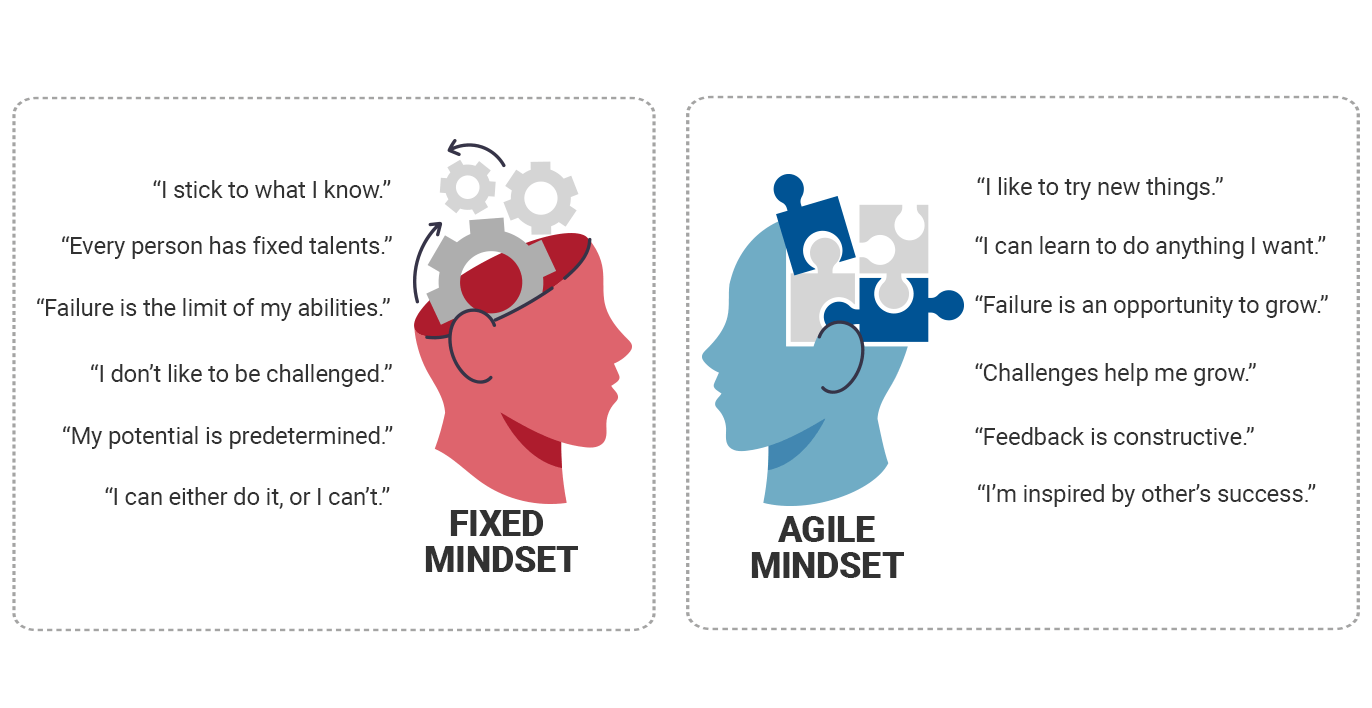 Back to Resources
Back to Resources
Challenging the status quo is fundamental in developing a growth mindset. You may stumble, you may fail, it may be uncomfortable, and you will be vulnerable. But you will get back up and keep going. Embrace the Journey, Not Just the Destination”
~ Mehnass Tariq, Service Desk Manager, Yorkshire Water
In the coming years, IT service desk delivery is set to undergo unprecedented innovation and transformation. Across the industry, a fundamental reassessment of the service desk’s role is underway. Gone are the days when their primary function was simply to find and fix issues.
Today, organisations are shifting their focus towards a broader, more impactful role for service desks. This new vision emphasises technology adoption, enhancing staff experience, and boosting productivity as core objectives. Get ready for a service desk revolution that goes beyond troubleshooting to become a key enabler of organisational success.
With so many changes, today’s leaders face a whole new set of expectations in how they motivate and lead people.
This article will focus on the main concepts of Agile leadership and remote team management. We’ll answer some of the questions you have about what it means to be a pioneering leader, focusing on agile leadership and how best to manage your team in this newly evolved world of remote working.
What does it mean to have an agile mindset?
Many organisations are transitioning or have already moved from a traditional, plan-driven culture where the ideas, solutions, and decisions come from one person — a leader. In those organisations, a more inclusive agile approach incorporates more brainpower and a wider group of business stakeholders.
Therefore, a different style of management is needed. However, if leaders are to lead and manage that change, then surely, they are the first people who need to change. According to McKinsey, this modern style of leader should embrace four new roles: visionary, architect, coach, and catalyst.
That’s where the agile mindset comes in. Today’s leaders have to be open to understanding the changes and making sense of what’s happening around them. They should want to be more innovative and think more creatively when it comes to getting the job done.
Some of the most attractive benefits of agile leadership include:
🔷 Flexibility and adaptivity
🔷 Creativity and innovation
🔷 Lower costs
🔷 Employee engagement and loyalty
🔷 Customer satisfaction
Let’s take a look at some of the modern leadership styles and their advantages and disadvantages.
Agile leadership
“This is all about having great leaders who can drive agile innovation and agile decision-making.”
~ Steve Ballmer
At its core, Agile leadership is not a system or method but an attitude or way of thinking. For instance, working with agile means shifting the focus. A great Agile leader supports teamwork, customer collaboration, employee satisfaction and flexibility.
So, rather than planning and documenting all the structures and methods, an Agile leader recognises and accepts the level of uncertainty, and it’s always ready for continual learning and unlearning.

Advantages of Agile Leadership
✅ Extremely flexible. The agile leadership style works well with high levels of uncertainty that require a much more flexible and adaptive approach.
✅ Engaged employees. By prioritising employee engagement and giving employees more autonomy, agile leaders build loyalty and supply more effective solutions.
✅ Supports customer satisfaction. Agile leaders are focused on customer satisfaction and maximising the business value of solutions that support and deliver the customer’s needs.
Disadvantages of Agile Leadership
⭕ Wrong approach and misconceptions. It’s so easy to get the wrong perception of agile leadership. For instance, many people still think that agile only means Scrum. You could argue that Scrum is the most common framework that emerged from an agile approach. However, Agile is much bigger than that; it’s about changing the mindset and being more open to doing things differently.
⭕ Not plan-driven. If a project requires a more traditional ‘waterfall’ plan-driven approach’ to help a project manager move through the phases of a project, for example, Agile leadership may not be totally appropriate for achieving predictability over the outcome of a project, along with controlling the costs and schedule for achieving that outcome, maybe the most important factors.
⭕ Fear of failure. It can also be very challenging to scale an agile approach to large and complex projects.
⭕ Learning to unlearn. There is a need for additional training and adapting new skills. Why? Well, if you don’t fully understand the principles behind agile leadership, there is a high chance that this approach will not be highly effective.
Remote team management
We like to give people the freedom to work where they want, safe in the knowledge that they have the drive and expertise to perform excellently, whether they at their desk or in their kitchen. Yours truly has never worked out of an office, and never will.
– Richard Branson, Founder of the Virgin Group
Managing remote teams has become a cornerstone of modern business practices, particularly in the service desk industry. Trusting your team members to manage their own time and work is one of the pillars that makes for a successful leader. Encouraging autonomy and empowering team members has been found to result in improvement in productivity and encourage problem-solving.
With the right strategies, remote team management can drive significant benefits, but it also comes with its own set of challenges.
Advantages of Remote Team Management
✅ Access to a Global Talent Pool. No longer confined by geographical limitations, companies can bring on board the best professionals, regardless of their location. This can lead to higher quality service and innovation within the team.
✅ Increased Flexibility and Productivity. Many studies have shown that employees who work remotely can be more productive, as they can tailor their work environment to their needs and avoid the distractions of a traditional office.
✅ Improved Employee Satisfaction and Retention. Remote work options are highly valued by many employees, contributing to higher job satisfaction, better work-life balance, and, consequently, higher retention rates.
Disadvantages of Remote Team Management
⭕ Communication Challenges. One of the primary drawbacks of remote teams is the potential for communication issues. It’s essential to implement effective communication tools and practices to bridge this gap.
⭕ Management and Oversight Difficulties. Managing a remote team requires different skills and tools than overseeing an in-office team.
⭕ Technological Dependence. Remote work heavily relies on technology. Any technological failure can disrupt workflows and lead to delays in service delivery.
⭕ Isolation and Mental Health Concerns. Remote work can sometimes lead to feelings of isolation and detachment from the company culture.
Start with the mindset of your leaders
As with any leadership style, there are certainly some things that are not perfect.
The bottom line is that no matter the leadership approach you choose, it needs to be approached with purpose. Many leaders and organisations state one style is better than the other, and some prefer a mix of different leadership styles. However, no one leadership style fits every situation. Each has advantages and disadvantages depending on the environment you’re in.
“One thing is certain, though: The success of leadership comes through the mindset of the leaders.”
A true leader understands which approach is the best for the organisation and their people and knows how to listen and motivate them.















